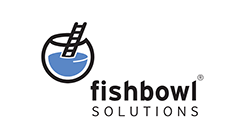Introduction
Utilizing document templates within your organization is vital for ensuring consistent and reliable
business processes. When document authors use the correct templates as a starting point,
their documents are more likely to include the necessary information, follow proper guidelines,
and contain the latest company branding. By maintaining official document templates in a
content management system, users will always have access to the latest approved versions.
The Problem
Unfortunately, managing templates comes with its own set of challenges.
One problem that organizations encounter is that the same section of content may appear in
many templates. If the legal department changes the wording for the standard “terms and
conditions” text, then that change would need to be applied to every template containing that
section.
Another common problem is that certain sections of a template are only applicable in certain
situations. Perhaps a legal disclaimer is required for contracts pertaining to specific regions.
Maybe an addendum is required when the document involves specific company products.
Creating alternate versions of templates to cover every scenario can quickly spiral out of control.
In addition, knowing what sections are relevant might not be apparent to the document authors,
causing confusion and needlessly delaying the document creation process.
The Solution
Fishbowl’s Dynamic Templates custom component for Oracle WebCenter was created to
address these issues. The component essentially provides document authors specialized
templates dynamically built based on the input they provide. As the user provides information for
their document on the dynamic template interface, various sections will either be included or
excluded accordingly. Upon clicking “Build & Download”, the specialized template will be
downloaded as a Microsoft Word document and will be ready for editing in its ideal starting
state
Configuration
When creating a dynamic template, the template author must first define the variables that
would determine which document sections are included. The variables defined can be text,
drop-downs, radio buttons, or checkboxes.
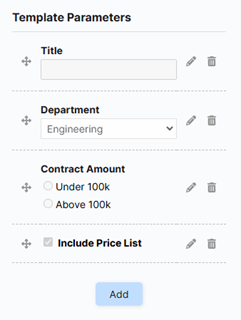
The available options are provided as well.

Next, the template author must provide the list of all available section documents and the criteria for when they are included. Once the section documents are checked into the system, they can be added to the dynamic template by entering their Content ID.
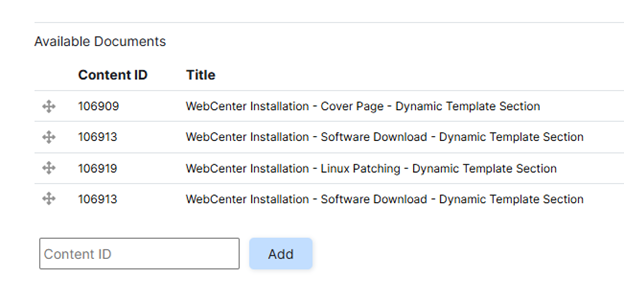
After documents are added to the list, the template author can specify the conditions for when the document is included or excluded from the final template document.

The conditions will be based on the values of any of the defined input parameters. Multiple conditions can be added for each document. If no conditions are specified, the document will always appear in the final template.

Example Use Case
Let’s take a look at an example of a dynamic template.
When Fishbowl Solutions installs a new instance of Oracle WebCenter, we provide a runbook of the procedure to the customer. The exact installation procedure will vary depending on various factors such as the operating system or the type of database.
If we want to create a dynamic template to build the appropriate installation procedure, we first configure parameters for any details that would affect the overall content of the procedure. We can also add parameters for any text we want to be pushed to the document’s properties such as Title or Customer.
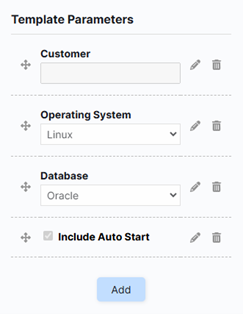
Next, we check-in our section documents and add them to the dynamic template’s available documents list. Once added, we specify the conditions for when each document will be included or excluded based on the user’s parameters.
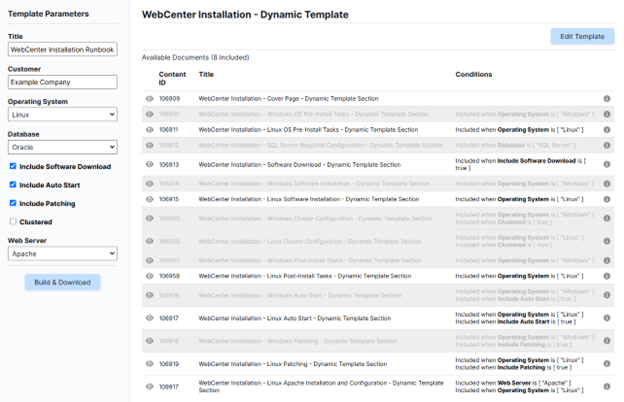
Once completed, a document author can simply provide the appropriate parameters. As various selections are made, the user will be able to see which documents will be included or excluded. After providing the parameters, clicking Build & Download will generate the specialized template and download it for editing.

The result is a starting document with pre-populated fields containing only the relevant content. The styles defined in the first section document will be carried forward, resulting in a professional and consistently formatted document.
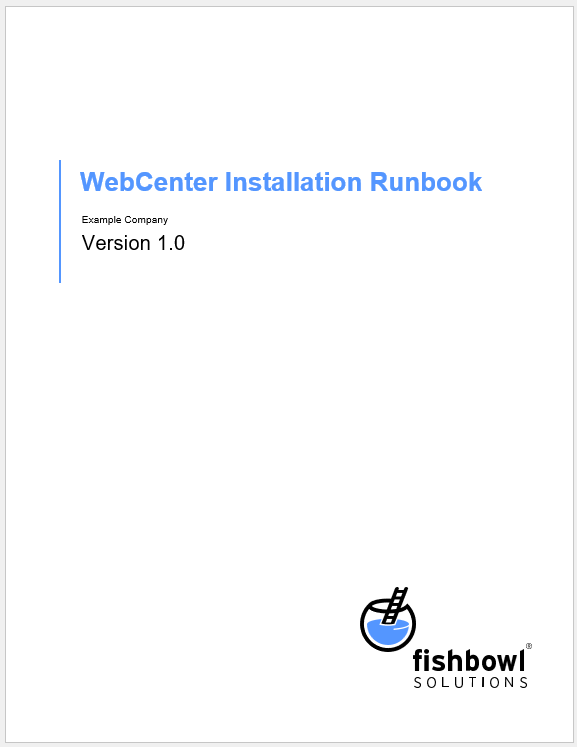
In this example, the headings from the various section documents all appear within the table of contents and are numbered appropriately.
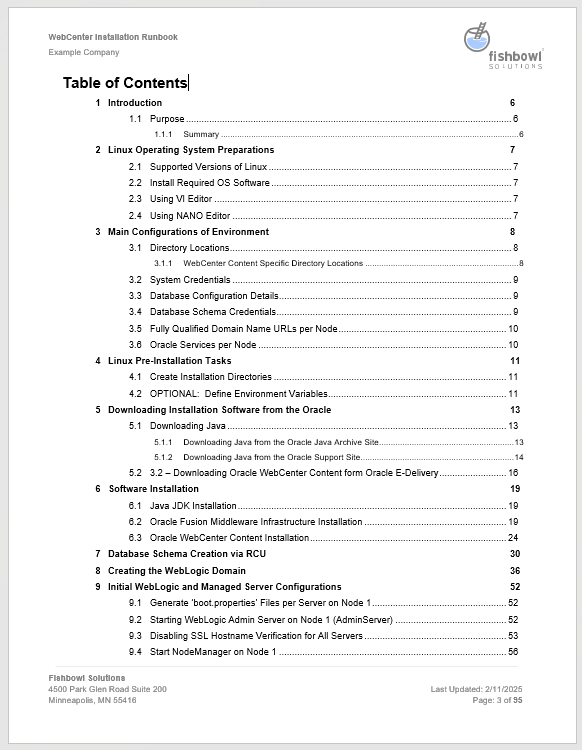
As new versions of software are released and installation procedures need to be updated, only the relevant section document needs to be updated.
Conclusion
The Dynamic Templates component enables document authors to save time and effort when authoring and managing document templates. This results in more consistent and accurate documents throughout an organization.

